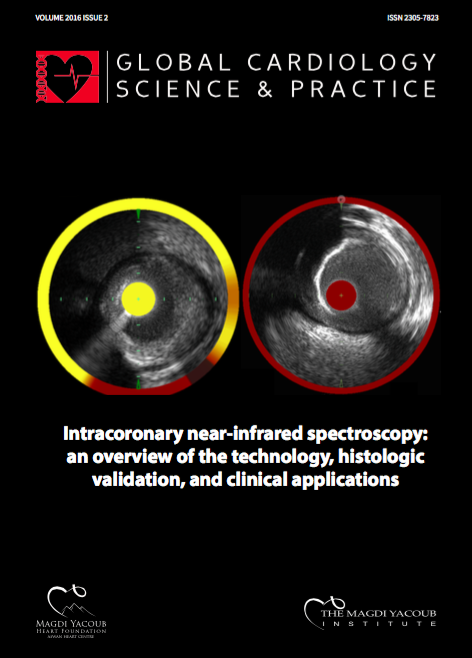ASGR1 - a new target for lowering non-HDL cholesterol
DOI:
https://doi.org/10.21542/gcsp.2016.14Abstract
Non-HDL cholesterol (non-HDL-C) has been introduced as an alternative cardiovascular (CV) risk marker and a secondary therapeutic target in patients with combined hyperlipidemia, diabetes mellitus, metabolic syndrome, or chronic kidney disease. An important genetic study on the Icelandic population has recently identified a strong link between a new gene – ASGR1 (for asialoglycoprotein receptor) – mutation, plasma non-HDL-C levels, and coronary heart disease (CHD). Heterozygous carriers of a rare noncoding 12-base-pair (bp) deletion (del12 deletion) in intron 4 of ASGR1 had a 13.6 mg/dl lower level of non-HDL-C and a 34% lower risk of CHD than non carriers. The cardioprotective effect of ASGR1 loss-of-function is surprisingly larger than predicted by its effect on the levels of non-HDL-C, which suggests that the atheroprotective effects of del12 mutation go beyond the lowering of serum cholesterol levels. This has shed some light on a new path – the sialylation pathway – possibly leading to a novel therapy that neutralize ASGR1 for heart disease prevention and treatment.
Downloads
Published
Issue
Section
License
This is an open access article distributed under the terms of the Creative Commons Attribution license CC BY 4.0, which permits unrestricted use, distribution and reproduction in any medium, provided the original work is properly cited.


